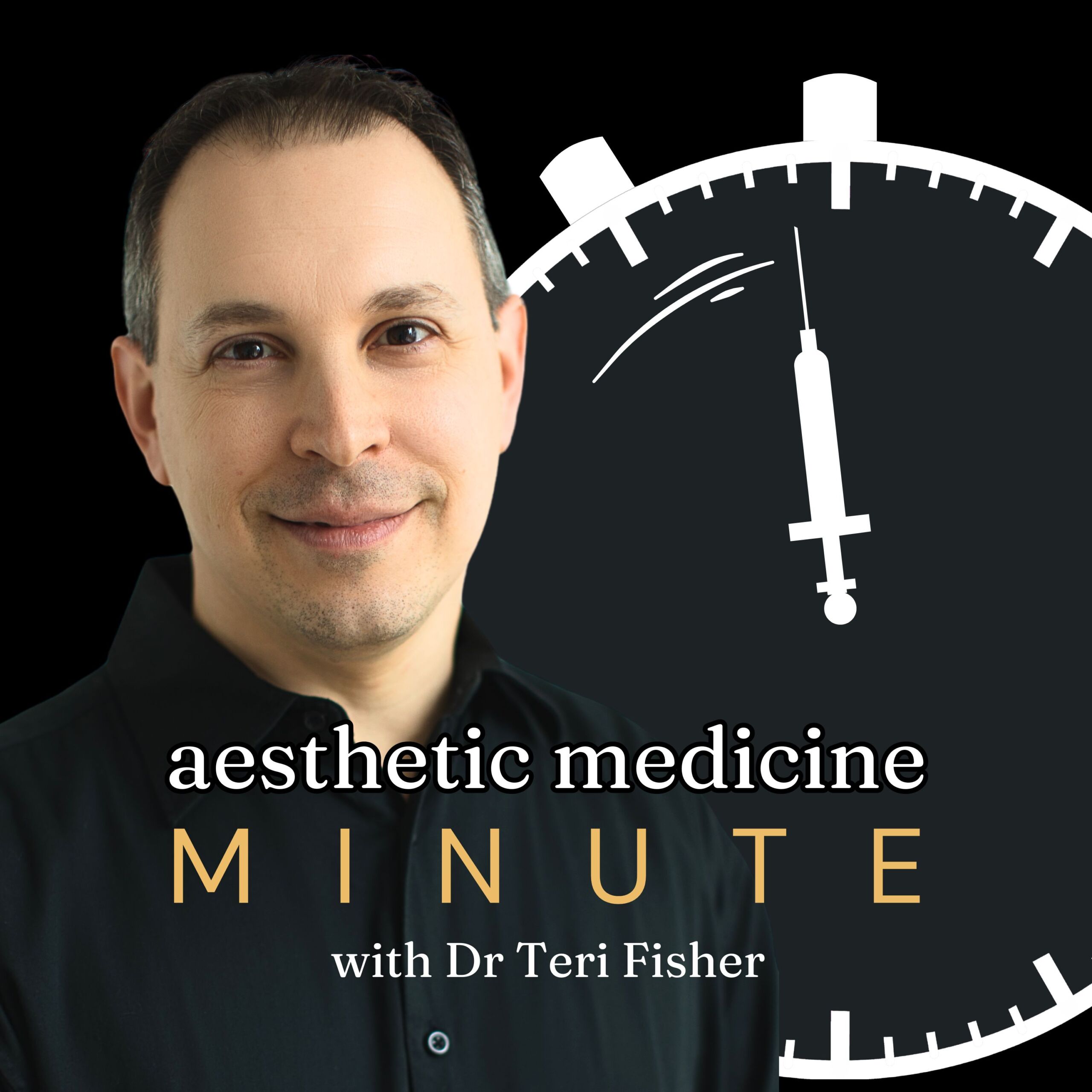
AMM 354: Shrink Pores: Onabotulinumtoxin A vs Hyaluronic Acid Fillers Battle
February 11, 2025
This episode delves into a study by Dr. Vasanop Vachiramon, exploring a dual-treatment approach to managing enlarged facial pores using Onabotulinumtoxin A (onaBoNT-A) and hyaluronic acid (HA) fillers. The findings from the trial with 32 subjects suggest that onaBoNT-A alone may be slightly more effective after six months, although the combination therapy benefits those with non-oily skin. Listeners will learn about treatment outcomes, potential side effects, and the importance of personalized skincare plans based on skin type and condition.
Quick Takes
- Combining Onabotulinumtoxin A (onaBoNT-A) with hyaluronic acid (HA) fillers was studied for enlarged facial pores.
- 32 subjects were part of the clinical trial, with results showing onaBoNT-A alone being slightly more effective after six months.
- Adverse effects like erythema and bruising were more noticeable with combined treatment, highlighting the need for personalized treatment plans.
Episode Transcript
Today is February 11, 2025, and I’m bringing you insights into a study exploring a fresh approach to tackling enlarged facial pores. Led by Dr. Vasanop Vachiramon, a renowned dermatologist from Mahidol University in Bangkok, this research investigated the effectiveness of combining Onabotulinumtoxin A (onaBoNT-A) with hyaluronic acid (HA) fillers.
Enlarged facial pores are often due to excessive oil production, reduced skin elasticity, and visible hair shafts. This clinical trial involved 32 subjects who received onaBoNT-A on one side of their face and a combination of onaBoNT-A and HA filler on the other. Interestingly, results revealed that while both treatments effectively reduced pore size and skin roughness, onaBoNT-A alone showed marginally better results after six months. However, individuals with non-oily skin seemed to benefit more from the combination therapy.
Adverse effects, including erythema and bruising, were more apparent with the combined treatment, alongside palpable lumps that typically resolved within a few months. The study underscores the importance of tailored treatment plans for individuals, particularly those with a background of oily skin.
In conclusion, while both onaBoNT-A and HA fillers contribute to pore reduction, personalized selections are key for optimal results. Thanks for tuning in, and looking forward to keeping you updated with more groundbreaking insights tomorrow.
